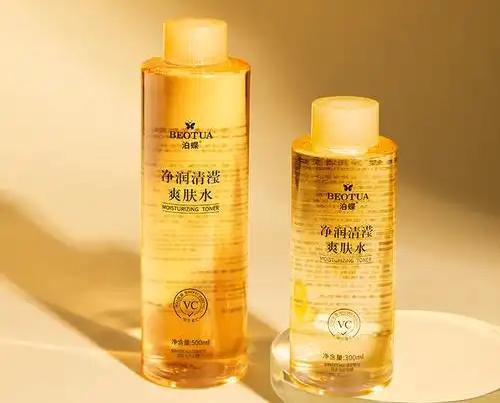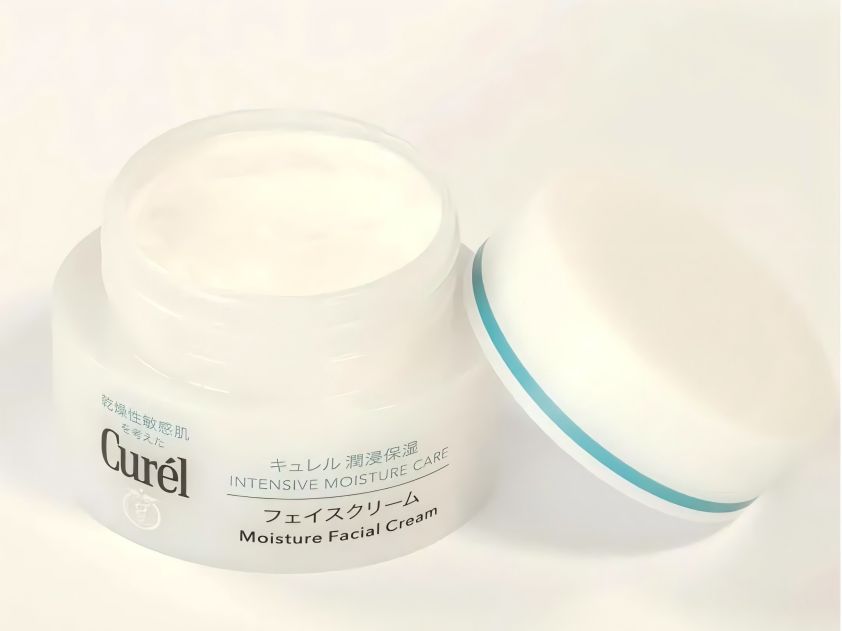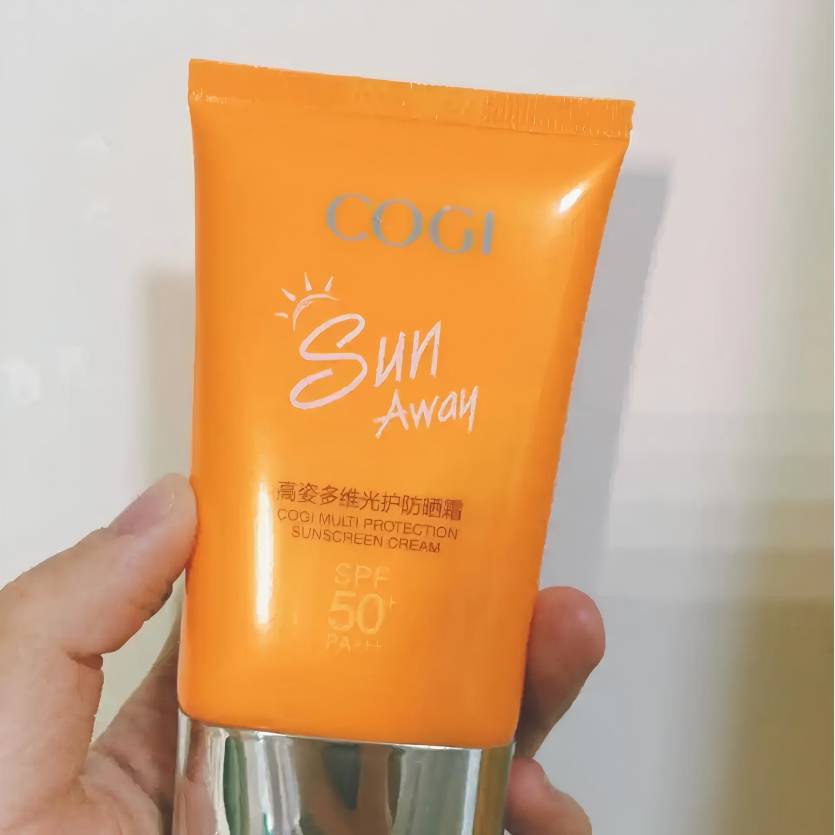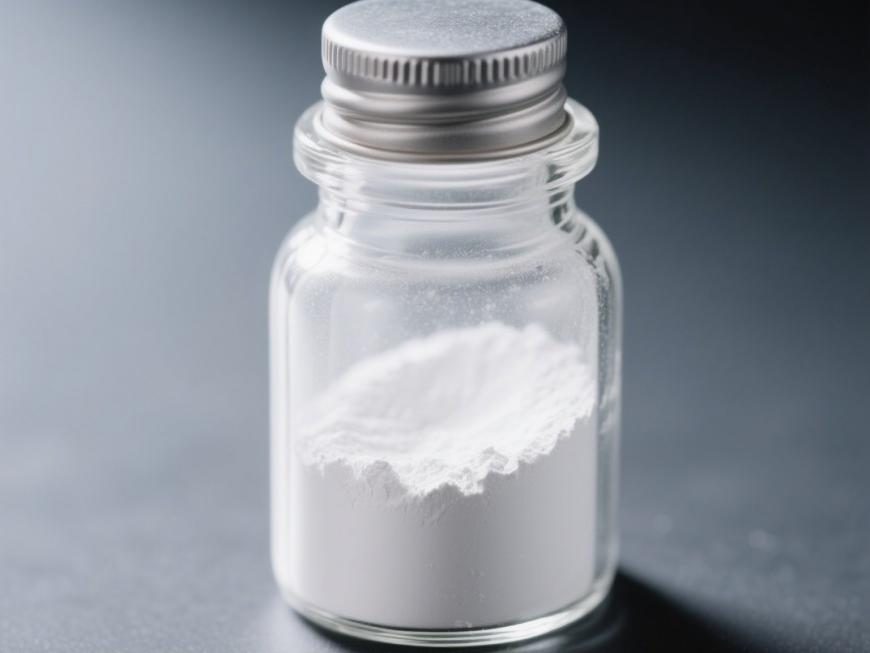How Hyaluronic Acid Elevates Cosmetic Innovation?
Гиалуроновая кислота (HA), commonly known as hyaluronan, is a natural polysaccharide composed of repeating units of N-acetylglucosamine and glucuronic acid- да- да- да. It has a wide molecular weight distribution, excellent water solubility, and is renowned for its exceptional moisture-retaining properties, earning it the title of ‘Natural Moisturising Factor’ (NMF). It is widely used in the cosmetics industry.
In cosmetics, hyaluronic acid leverages its superior moisturising properties and biocompatibility to effectively enhance product hydration, moisture retention, and skin feel. It helps form a breathable moisturising barrier on the skin's surface, alleviating dryness while improving formulation stability and user comfort.
Green Spring Technology, as a high-quality hyaluronic acid raw material supplier, leverages microbial fermentation technology to provide customers with hyaluronic acid products in multiple molecular weight specifications, high purity, and high stability, suitable for a wide range of products including serums, masks, creams, and lotions. We are committed to helping cosmetics companies optimise product formulations, enhance the moisturising efficacy of end-products, and boost market competitiveness, working together to drive innovation in cosmetics products.
1 применение гиалуроновой кислоты в косметике
1.1. Система управления Moisturising effect
Hyaluronic acid (HA) is a core moisturising ingredient in cosmetics and is highly valued for its excellent water-retaining and locking properties. Its unique advantage is that its moisturising effect is less affected by changes in environmental humidity, making it long-lasting and stable, providing continuous hydration for the skin in different seasons and climatic conditions.
Compared to traditional moisturisers such as glycerin, hyaluronic acid has stronger moisture-absorbing capabilities in low-humidity environments and maintains appropriate hydration in high-humidity conditions without causing stickiness, better aligning with actual skincare needs. Therefore, hyaluronic acid is often scientifically combined with various moisturising ingredients to synergistically enhance the overall formulation efficacy, creating a lighter, deeper hydration experience.
1.2. Общие сведения Emulsifier Function
Hyaluronic acid (HA) is not only renowned for its exceptional moisturising properties but also demonstrates unique emulsifying functions in cosmetic formulations. Research indicates that when hyaluronic acid is combined with phospholipids in both the oil phase and water phase without the addition of traditional emulsifiers, a stable and uniform emulsion system can be formed.

This natural emulsifying combination of hyaluronic acid and phospholipids offers both emulsifying and moisturising benefits, overcoming the limitations of traditional emulsifiers with single functions. It provides a stable texture for products while continuously delivering hydration and moisture retention. Its safe and gentle properties make it suitable for a wide range of cosmetic formulations, including creams, lotions, and serums.
1.3 Thickening Agent Function
Hyaluronic acid (HA) is not only an excellent moisturising ingredient in cosmetics but also possesses outstanding thickening properties.High-molecular-weight hyaluronic acid (e.g., 3000kD) solutions inherently possess high viscosity. When combined with common thickening agents like polyethylene glycol, they produce a significant synergistic thickening effect—the viscosity of the mixed system exceeds the sum of the individual components, enabling more efficient and stable system formation.
This composite thickening system provides ideal viscosity and skin feel while maintaining hyaluronic acid's unique moisturising properties, achieving a dual-effect of ‘thickening + moisturising,’ significantly enhancing the functionality and application experience of the formulation.It is widely applicable to creams, lotions, and various semi-transparent gels (such as shaving gels, eye gels, sunscreen gels, etc.), helping to create cosmetics with a smooth texture, excellent stability, and superior user experience.

1.4 Fragrance Fixative
In cosmetics, hyaluronic acid (HA) is not only renowned for its moisturising and thickening properties but also demonstrates unique value in fragrance fixation. Thanks to its molecular sac-like encapsulation, hyaluronic acid effectively binds with fragrances, significantly reducing fragrance evaporation rates and extending fragrance longevity. It is particularly suitable for perfumes, creams, lotions, and gels.
Additionally, hyaluronic acid offers two key advantages: first, it reduces the potential irritation of fragrances on sensitive skin, enhancing product mildness; second, it prevents certain fragrances from reacting adversely with skin secretions, thereby avoiding unpleasant odours and ensuring a fresh and pleasant user experience.
1.5 The lubricating effect of hyaluronic acid
Hyaluronic acid (HA), with its natural polysaccharide structure and excellent film-forming properties, provides skincare products with outstanding lubrication and smoothness. Formulations containing hyaluronic acid form a breathable, hydrophilic protective layer on the skin's surface, effectively enhancing skin lubrication and making the texture softer and more delicate. This characteristic has become an important advantage for enhancing skin feel in many high-end skincare products.
In practical applications, the unique lubricating effect of hyaluronic acid not only enhances product spreadability and extensibility but also significantly improves user experience, helping brands create more popular, high-quality skincare and cosmetics.
Green Spring Technology specialises in providing high-purity, multi-molecular-weight hyaluronic acid raw materials, assisting customers in developing innovative products that combine excellent skin feel and functional performance, and jointly driving the forward development of the beauty and personal care industry.
1.6 Hyaluronic acid can be added to sunscreen products
Hyaluronic acid (HA) demonstrates significant potential as an auxiliary photoprotective agent in sunscreen and skincare products. Research indicates that UV exposure may trigger lipid peroxidation reactions, affecting cellular membrane structure. Hyaluronic acid, with its excellent biocompatibility and film-forming properties, forms a lightweight protective barrier on the skin's surface, helping to reduce environmental interference with the skin.
Incorporating hyaluronic acid into sunscreen products not only enhances formulation stability and skin feel but also boosts moisturising and soothing functions, offering consumers a more comprehensive daytime protection experience. Increasingly, brands are integrating hyaluronic acid into sunscreen formulations to synergistically enhance overall efficacy and market appeal.

Green Spring Technology is dedicated to the research, development, and production of high-purity, multi-molecular weight hyaluronic acid raw materials, suitable for various sunscreen and skincare products. We help clients achieve milder, more effective, and better-feeling formula innovations, jointly driving the high-quality development of the cosmetics industry.
2 Applications of hyaluronic acid derivatives in cosmetics
Hyaluronic acid (HA), a natural polysaccharide, contains multiple modifiable groups such as carboxyl and hydroxyl groups in its molecular structure, offering abundant possibilities for chemical modification. Through innovative technologies to optimise its structure, its stability, degradation resistance, and rheological properties can be significantly enhanced, greatly expanding its application potential in the cosmetics industry.
Structure-optimised hyaluronic acid derivatives not only retain the original excellent moisturising and skin feel-regulating functions but also exhibit improved film-forming properties, extensibility, and formulation adaptability, meeting the increasingly diverse demands of product development. Currently, these derivatives have become one of the key functional ingredients driving innovation in mid-to-high-end skincare and cosmetics products.
2.1 Sodium Hyaluronate
Sodium hyaluronate (SH) is the sodium salt form of hyaluronic acid, appearing as white fibrous or powdery substances. It has excellent water solubility and superior moisturising properties, dissolves easily in water, and is widely used in cosmetics.
SH solutions exhibit outstanding rheological properties, enhancing product stability and skin feel. As an efficient moisturising ingredient, it helps the skin retain moisture, improving its hydration and smoothness. Therefore, sodium hyaluronate has become an important functional ingredient in various moisturising products such as skincare creams, lotions, and serums.
In recent years, with the continuous development of cosmetic formulation technology, the application scope of SH has continued to expand. As a reliable supplier of sodium hyaluronate raw materials, Green Spring Technology is committed to providing customers with high-purity, multi-specification SH products to help brands develop more market-competitive moisturising and skincare products, and jointly promote innovation and upgrading in the beauty industry.
3 перспективы на будущее
В наши дни 's cosmetics industry, which continues to pursue a balance between naturalness, safety, and efficacy, hyaluronic acid and its derivatives, as highly sought-after functional ingredients, are poised for broad application prospects. Green Spring Technology stays abreast of market trends, committed to providing customers with high-quality, diverse hyaluronic acid raw materials solutions to help brands address diverse formulation needs and create more competitive products.
As a hyaluronic acid raw material supplier focused on the international market, Green Spring Technology leverages its independent R&D capabilities and advanced production processes to continuously provide global customers with a series of efficient and safe hyaluronic acid and its derivative products. Our raw materials, characterised by high purity, excellent compatibility, and superior stability, are widely used in skincare, cosmetics, and personal care products, significantly enhancing the moisturising performance, skin feel, and overall quality of end-products.
With a mature supply chain system, Green Spring Technology is committed to helping overseas customers reduce procurement risks, ensure the stability and traceability of raw material supply. We strictly adhere to international standards in production, and our products comply with the regulatory requirements of multiple markets, striving to become a trusted hyaluronic acid partner for global cosmetics brands.
Green Spring Technology always focuses on customer needs, continuously deepening the development and application research of hyaluronic acid raw materials, and working with partners to jointly promote the innovation and upgrading of China'. Производство косметики.
Contact us at helen@greenspringbio.com or WhatsApp: +86 13649243917 today to obtain the latest product specifications, samples, and quotes!
Ссылки на статьи
[1] ху уинг. Исследование лекарственной системы гиалуроновых кислотных наночастиц [D]. Тяньцзинь: медицинский университет тяньцзинь, 2007.
[2] хуан сяочжун, гуань гоцян. Прогресс физиологической функции гиалуроновой кислоты и ее применение [J]. Наука о животноводстве и кормах,2015,36(01) :21-25.
[3] линг пейкшу. Кислота гиалуроновая [м]. Пекин: China Light Industry Press,2007.
[4] жучао, жу е, вей вей и др. Подготовка и применение эмульгатора кумариновых модифицированных гиалуроновых кислотных частиц [J]. Журнал функциональных полимеров,2016,29(4) : 388-396.
[5] фу СИ-я, ли хуан. Анализ хода исследования маски лица [J]. Химический менеджмент,2017 (26) : 117 — 119 121.
[6] ян су чжен, чэнь ги-руй. Характеристики гиалуроновой кислоты и ее применение в пище [J]. Наука и технологии пищевой промышленности,2008,29(6) : 317 — 320.
[7] сон ё н мин, дин хуцян, го сюэпин. Применение гиалуроновой кислоты в пище [J]. Продукты питания и лекарственные средства,2014,16(04) :299-302.
[8] сунь шанчжи, чжан цинцин, чжан хуэй. Функции и производство гиалуроновой кислоты (га) [J]. Журнал чанчуньского университета традиционной китайской медицины,2007,23 (3) : 88-89.
[9] чэнь сяоин, Лу сяньцюнь. Развитие функциональной косметики [J]. Фуцзянь легкая текстиль, 2006(3) : 1-5.
[10] сан лианьхай, сян сян, го хай. Подготовка и применение гиалуроновой кислоты [J]. Anhui agriculture Science,2007,35 (11) : 3160 — 3151.
[11] чэнь децзин, сюй вэйлян, су вэнь и др. Извлечение полисахаридов из слизистой оболочки гигантского саламандера (андриаса давыдиана) и анализ состава моносахаридов [J]. Научные исследования и разработки в области природных продуктов,2015 (10) : 1700 — 1705.
-
Предыдущий
Hyaluronic Acid Elevates Innovation in Oral Care Products
-
Следующий проект
Hyaluronic Acid Drives Innovation in Cosmetic Formulations


 Английский язык
Английский язык Французский язык
Французский язык На испанском языке
На испанском языке Русский язык
Русский язык Корейская народно-демократическая республика
Корейская народно-демократическая республика На японском языке
На японском языке




